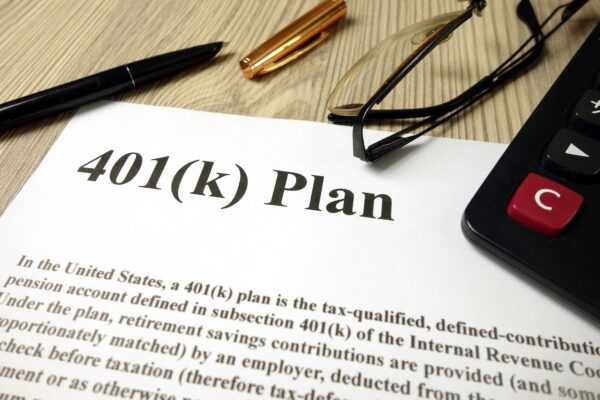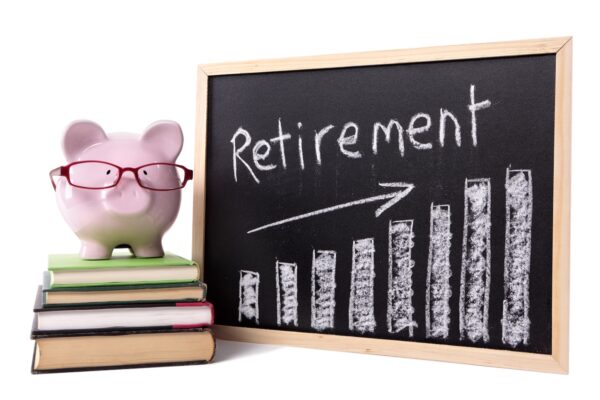Key Takeaways
- What dentists need to know about the new SECURE 2.0 Roth catch-up contribution rules
- How dental practice owners can prepare for retirement plan changes starting in 2026
- Roth catch-up contributions explained for dentists and other high-income professionals
- Financial planning tips for dentists navigating SECURE 2.0 updates to 401(k) and retirement savings
Retirement rules are changing, and if you’re age 50 or older (or will be soon), this might affect how you save in your 401(k) or other retirement plans. On September 15, the IRS finalized regulations under the SECURE 2.0 Act that add a new wrinkle: certain catch-up contributions must now go into Roth (after-tax) accounts instead of traditional pre-tax accounts.
Here’s what’s happening and what you should watch for:
What’s Changing
- Mandatory Roth treatment for higher earners: Under the new rules, if your prior-year wages from your employer exceeded $145,000 (subject to indexing for annual inflation), any catch-up contributions you make beginning in 2026 must go into a Roth account. This means you will pay taxes on them now rather than later. This is a significant shift for high earners who have relied on pre-tax catch-up contributions.
- Higher catch-up limit for ages 60-63: SECURE 2.0 also includes an increase in the catch-up contribution limit for people who turn 60, 61, 62, or 63 during the year. The new “super catch-up” limit is 150% of the standard catch-up amount. For 2025, that means $11,250 instead of $7,500. In doing so, the law gives older savers an opportunity to boost savings more steeply.
- Implementation timeline & flexibility built in: The final regulations become effective November 17, 2025, and generally apply to contributions made in tax years beginning after December 31, 2026. However, during 2026, the IRS allows “reasonable, good-faith interpretation” of the rules, giving plan administrators some flexibility in the transition. Plans without a Roth option face a tough reality: participants subject to the new rule may not be allowed to make any catch-up contributions (pre-tax or Roth).
Why This Matters for Dentists & Practice Owners
These changes may seem technical, but they have real implications for your tax, retirement, and practice decisions:
- Possible higher tax hit in peak earning years: If your wages exceed the $145,000 threshold, your catch-up contributions must go into a Roth account. That means no upfront tax deduction, potentially increasing your adjusted gross income (AGI) and affecting eligibility for other deductions, credits, or phase-outs. For dentists in high-margin years, the difference can be meaningful.
- Catch-ups require Roth access: Beginning in 2026, high earners can only make catch-up contributions into a Roth account. If a plan doesn’t offer a Roth option, those participants can’t make catch-ups until the plan is amended. Practices should review plan design now to avoid limiting savings.
- Planning assumptions shift: Until now, many planners assumed catch-up contributions would remain pre-tax, and in effect, act as a tax deferral. These new rules force planners to rethink projections of after-tax income in retirement. Because Roth withdrawals are typically tax-free, the shift may benefit those who expect to be in a higher tax bracket in retirement, but it’s a gamble.
- Opportunity for older savers
The “super catch-up” for people ages 60-63 gives a window to increase savings significantly later in your career. For dental professionals closing in on retirement or looking to accelerate contributions, that is a useful tool, but it must still adhere to the Roth rule if you’re above the $145,000 wage threshold.
What You Should Do Now
To adapt to these changes and ensure your retirement strategy stays on track, here are steps to consider:
- Review your retirement plan offerings: Talk with your plan administrator or financial advisor to confirm whether your plan offers Roth contributions. If not, it may be time to evaluate adding one.
- Model both scenarios: Run projections under both tax-deferred vs. Roth catch-up assumptions. See how much after-tax income you’d net under expected tax rates in retirement. Consider tweaks to your non-retirement savings or charitable planning to offset the tax change, if required.
- Phase in changes: With the good-faith window in 2026, you might be able to ease into the changes. But don’t assume unlimited flexibility.
- Communicate with your compensation and benefits teams: If you run a dental practice with associates or employees, these changes will affect them too. Make sure plan design, employee communications, and payroll systems are ready well before 2026.
- Stay current on indexing and thresholds: The $145,000 threshold will be indexed for inflation. What applies now may change, requiring recalibration year to year.
Starting in 2026, higher earners aged 50 and up will no longer enjoy the luxury of making catch-up contributions in a tax-deferred bucket. That means paying the tax now rather than later. For dentists, whose best earning years often come later in a career, this shift could bite if not anticipated. But with careful planning, design updates, and scenario modeling, it’s still possible to adjust your strategy so your retirement goals remain intact, and maybe even enhanced with the right moves.
If you’d like help modeling how this change affects your situation, whether as a practice owner or in your personal retirement projections, we’re ready to help you explore the best path forward.




